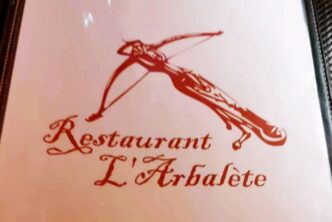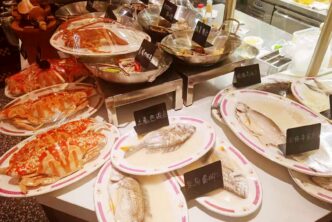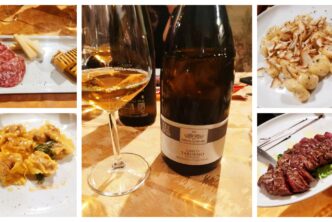Da Vittorio Shanghai
3F, N3 Building, The Bund Finance Centre
600 Zhongshan Dong Er Road, Huangpu, Shanghai,
Tel. +86 21 63302198
The dishes
The Essence of Asparagus (with Superior Oscietra Caviar added)
New Zeland Scampi “Dripping”, Burrata and Tomato
BBQ Chonming Pigeon, Cherry, Chard leaves, and Tarragon
Cherry Soufflé
The wines
Ferrari 2009 Giulio Ferrari Riserva del Fondatore Trentdoc 92
Ca’ del Bosco 2013 Franciacorta Dosage Zéro Noir 93
Vigneti Massa 2021 Timorasso Derthona 91
Vigneti Massa 2020 Timorasso Derthona Montecitorio 91
Domaine Franco-Chinois 2017 Petit Manseng Hualai Hebei 94
Domaine des Baumards 2009 Quart de Chaume 94
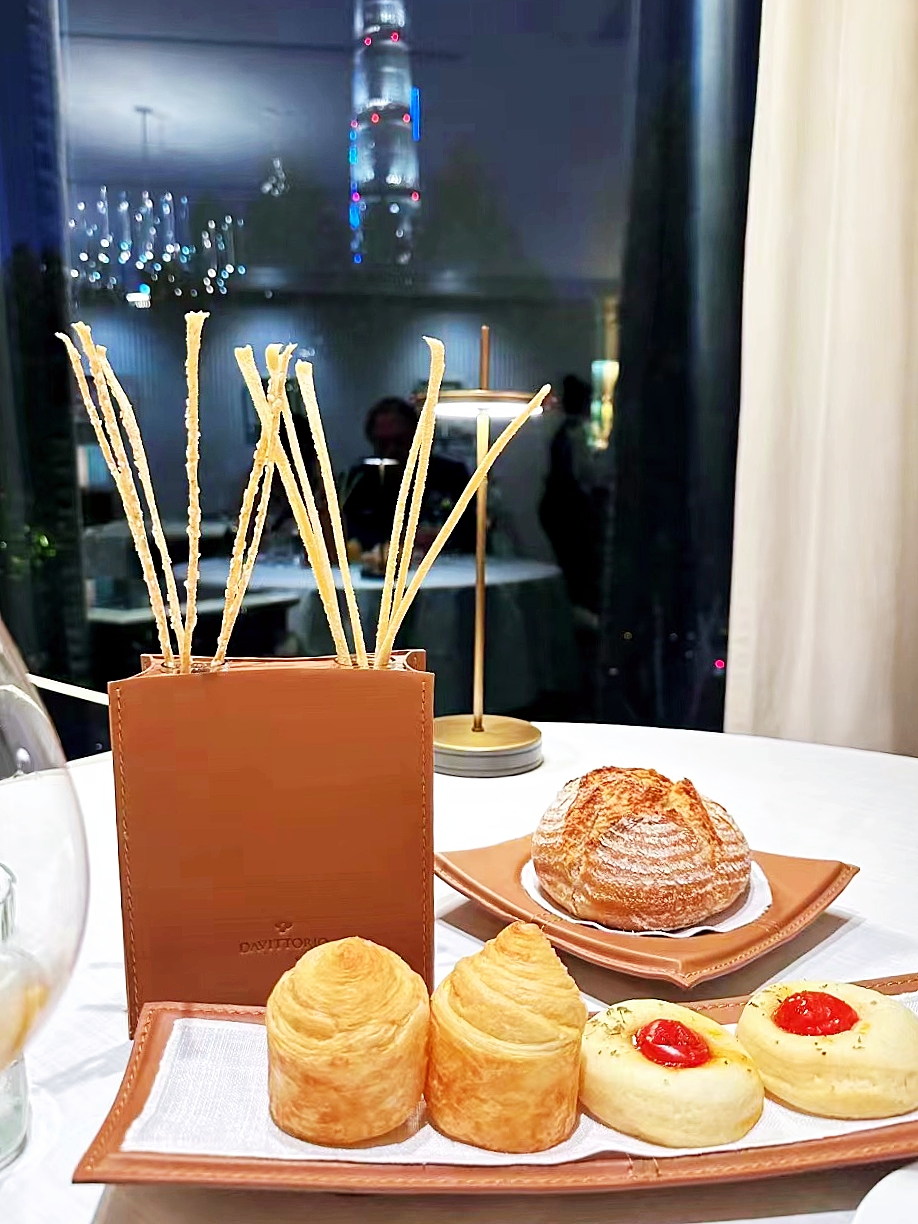
Da Vittorio in Shanghai is one of the world’s best Italian restaurants (I have stated and written before it is, without question, one of the three best Italian restaurants in the world outside of Italy, and nothing has happened since to change my mind). When it opened in Shanghai in 2019 it literally took the city by storm and de facto became the gold standard or benchmark by which all other top restaurants in the city are measured by. Counting presently two stars and deserving of three, it is one of the world’s best restaurants.
The original Da Vittorio was opened in 1966 in Bergamo by Vittorio Cerea and his wife Bruna; it later moved to Brusaporto, in a splendid villa where the setting is as beautiful as the food and service. Much the same is true of the Shanghai downtown location, that offers beautiful views of Shanghai’s Bund. Fish and seafood have always been the calling cards of the original Da Vittorio (the restaurant has since branched out, opening in, besides Shanghai, St.Moritz in 2012 in the Carlton hotel). Fish is also the name of the game, but not just, of the Shanghai outpost: for the meat-eaters out there, there are some exceptionally good duck, pigeon and lamb dishes to be had. And just like with the Da Vittorio in St.Moritz, the Shanghai establishment also boasts two Michelin stars (the Italian Brusaporto location has three). For more in-depth information on the Da Vittorio Shanghai, I refer you to my previous review of the restaurant, published here in the TerroirSense Wine Review of April 30, 2021.
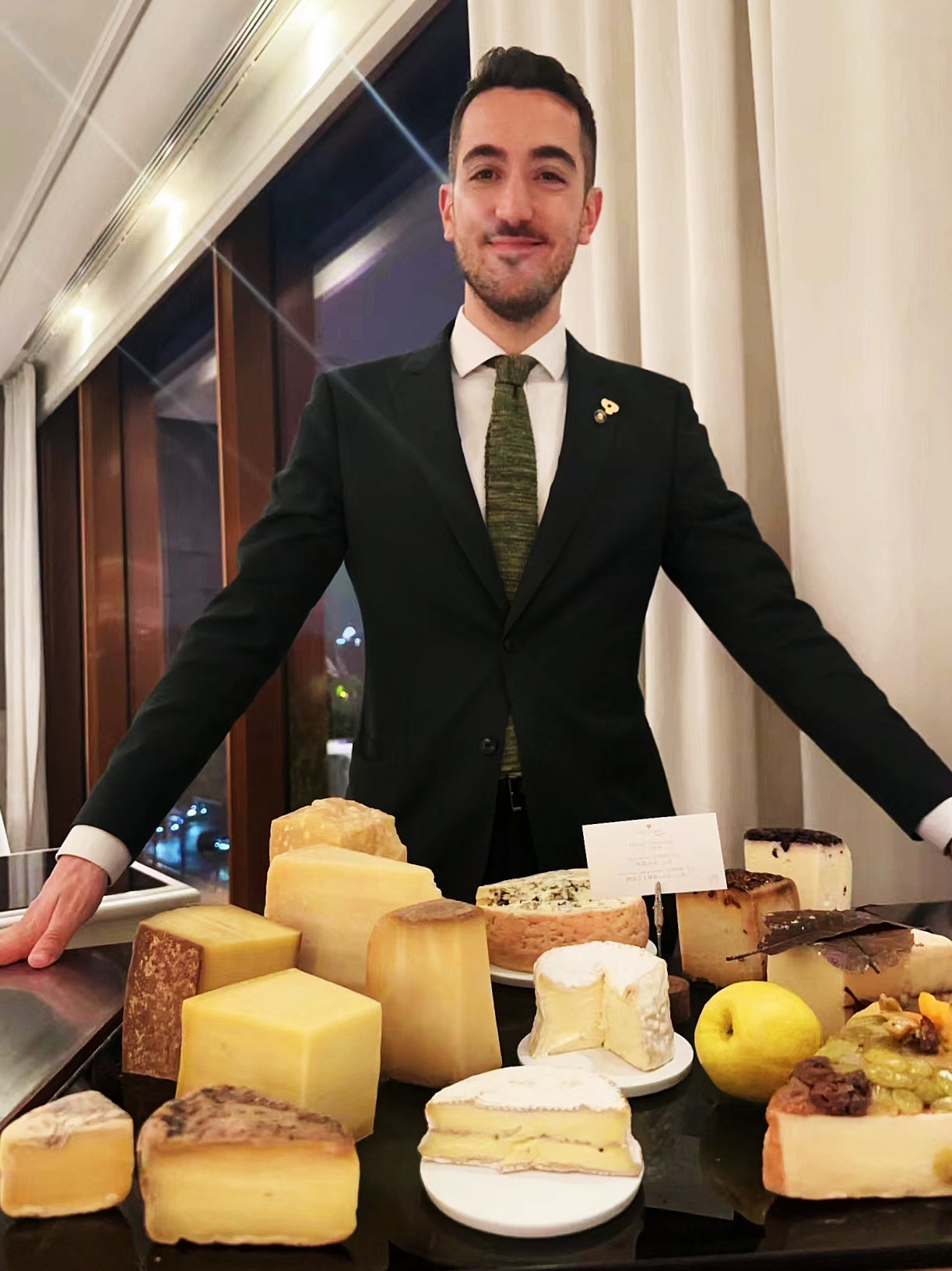
My most recent dinner at Da Vittorio Shanghai confirmed all the good is said, and is still being said, about the place and more. As usual, the ambience (décor/lighting/soundproofing/table distance) is about as perfect as any restaurant could ever hope for: frankly, high-end restaurants all over the world should come to this place and take notes. However, the Da Vittorio Shanghai service isn’t at the same level: believe it or not, it is at an even higher level, like few others I have witnessed anywhere else in the world. Folks, here we are talking Ledbury, l’Assiette Champenoise, and Martin Berasetegui levels of excellence. In other words, like you have basically never seen before (and no, I do not consider some uber-tatooed guy with a beard dragging all the way down to the floor coming out from the kitchen of some uber-cool and hyped restaurant and making his way to the table with my food and telling me about it to be a sign of classy service). Kudos to restaurant manager and head Sommelier Emanuele Restelli and his team for their level of competence and knowhow, not to mention simpatia. Declan, Louis, Mikolina, Beatrice, Andrea and everyone else on staff really do deserve a round of applause. And then another.
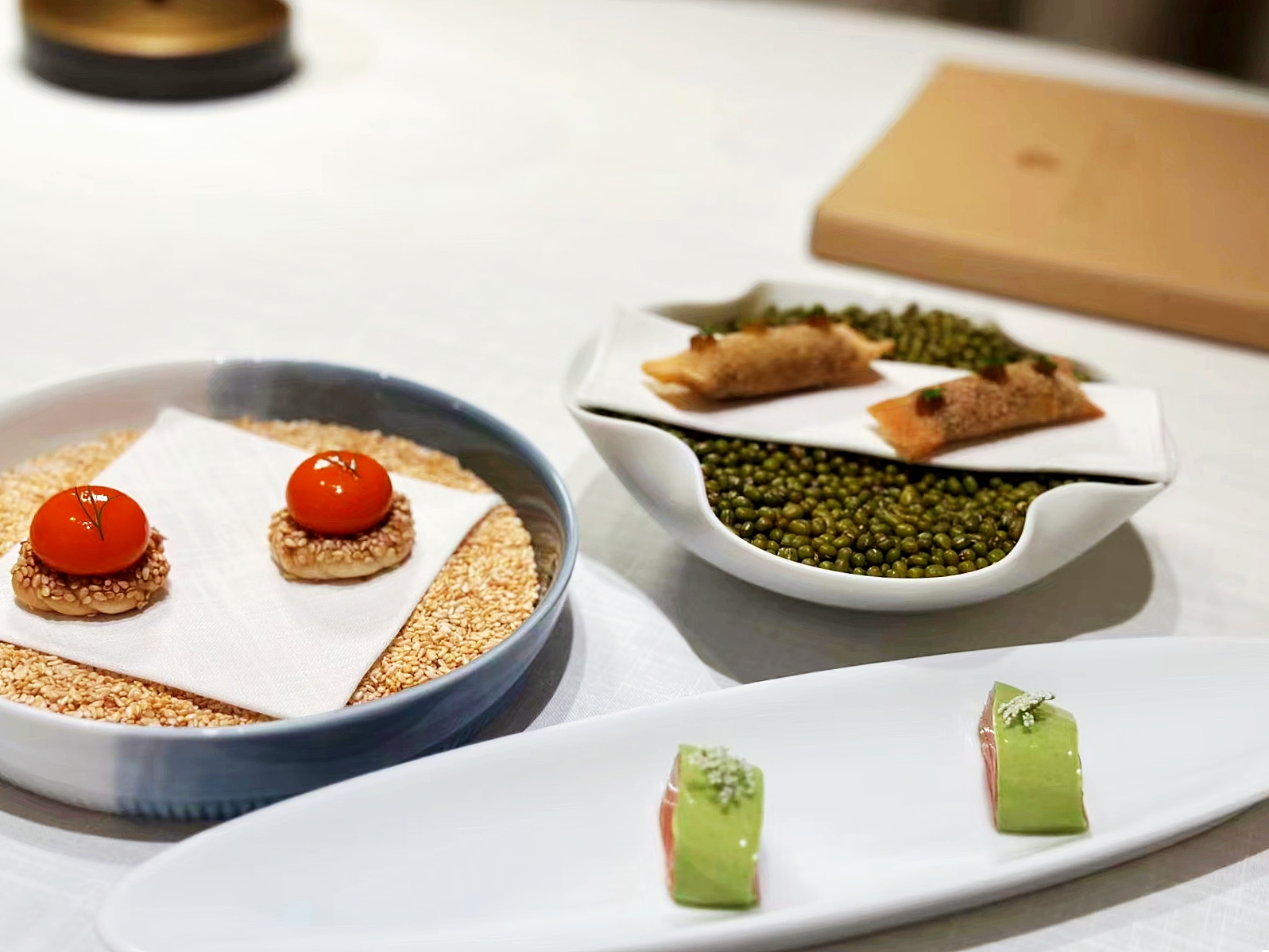
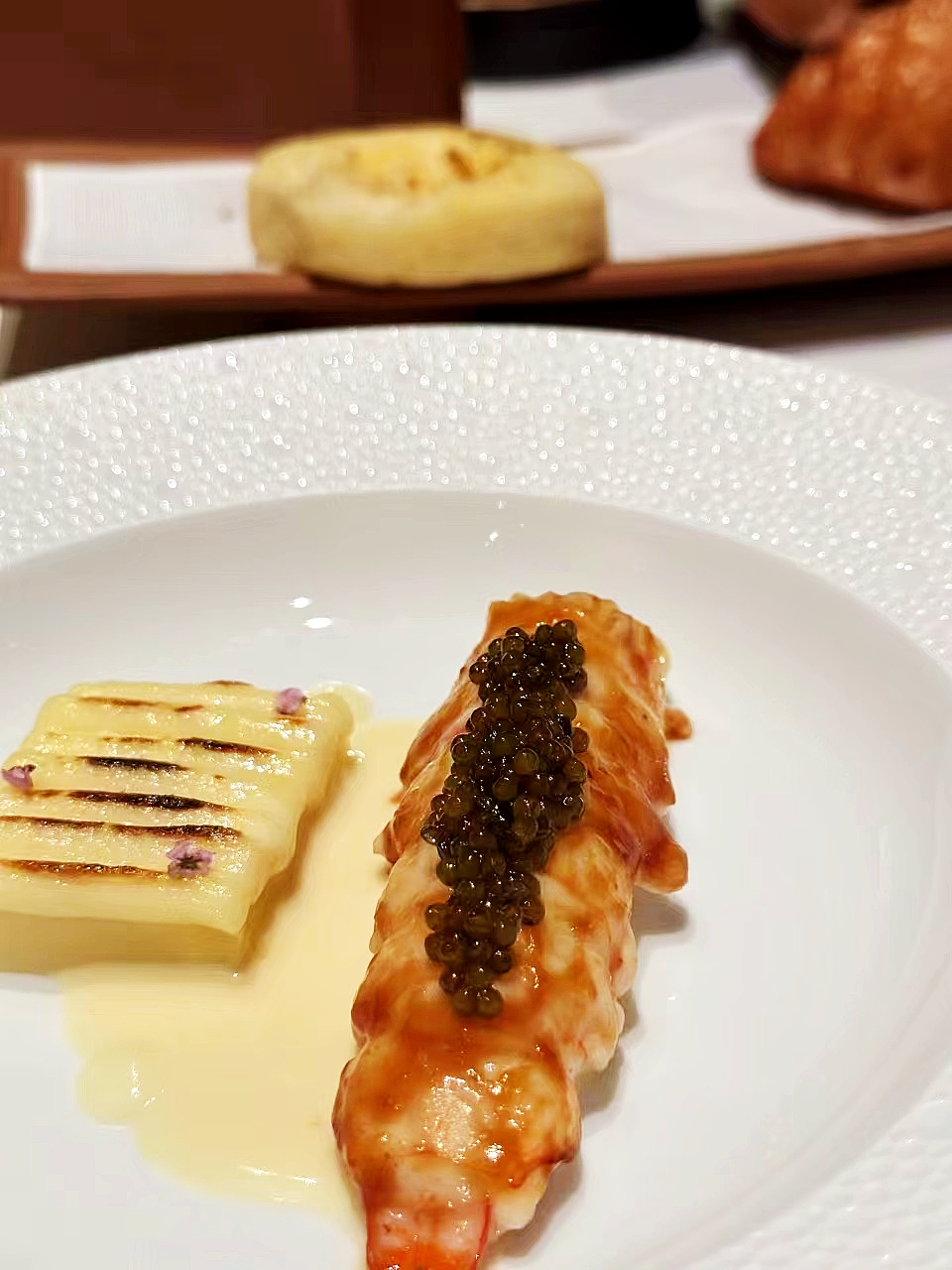
Chef Stefano Bacchelli is managing to divide himself very well between Da Vittorio and Scilla, the group’s other new Shanghai opening; he’s here, he’s there, he’s nowhere and everywhere, and I’d say he manages to cover both kitchens without missing a beat. He is very capably helped by his Chinese second-in-command Tom Yuan (there isn’t currently an Italian second-in-command, though I bet there will be one again soon) and a very well-trained cooking staff, something that shows through every time. The food at Da Vittorio Shanghai can be not just inventive but an exercise in meaningful dexterity. My “essence of asparagus” was a little jewel: layers of asparagus cream and jelly that were not just blended together well but that spoke clearly of asparagus and that was light on the taste buds. Similarly, the scampi “dripping” , which is a wink to, and a take on, Jackson Pollock’s painting technique as well as the Gualtiero Marchesi’s original food creation that was quite the scene stealer any time you ate at l’Albereta in Franciacorta, is not at all heavy but flavourful. The pigeon was a generous gift from the kitchen given that on this night I wasn’t looking to eat too much (I’m unfortunately back on a diet) and it was a rather classical rendition of a meat that Michelin-starred chefs all over Italy (not to mention France) are quite adept with. By contrast, the cherry soufflé was rapturous: sweet and silky for sure, but more important, impeccably balanced in its sugar/acid/flavor components, such that I could have had two or three more without going into diabetic coma or even feeling bogged down. Complimenti!

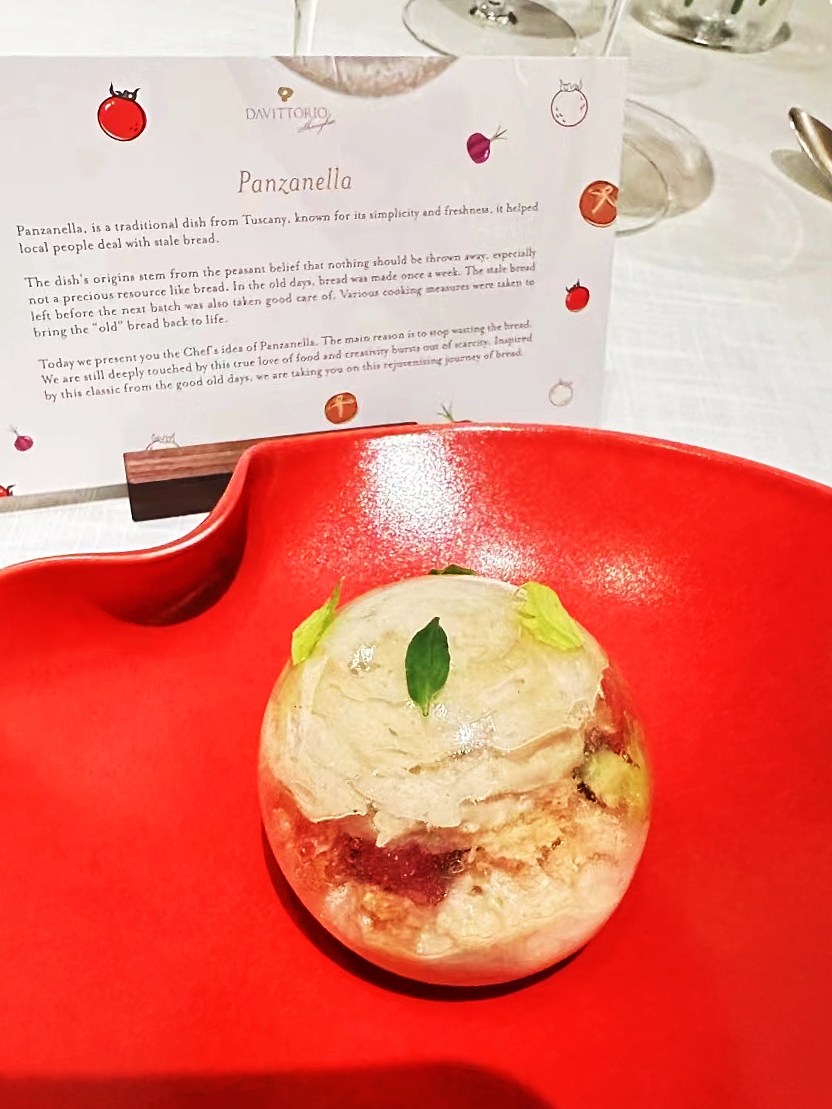
The wine selections at Da Vittorio Shanghai are disparate and point on. The sommelier team is non-pareil in the city, with Restelli heading a team comproised of Declan, Andrea and Louis. Andrea Gualdoni, who is studying to be a Master Sommelier one day is a name that should be jotted down, as it is likely that, more so than the others given his single status and willingness to travel, Euro-travelling sybarites will get to meet him in the years to come in other important epicurean destinations, in London and elsewhere. Our wines on the night were all Italian, but I point out that Da Vittorio Shanghai has a good selection of Burgundy wines (especially) and from other parts of the world t. We started with a generously offered Ferrari 2009 Giulio Ferrari Riserva del Fondatore Trentdoc (now really: how many Michelin-starred restaurants do you know that serve -as a welcome drink!- the equivalent of a Cristal or Krug vintage bubbly?). This 100% Chardonnay bubbly is one of Italy’s two best sparkling wines made by secondary fermentation in the bottle in the manner of Champagne, and is always a winner. Truth is, the 2009 is not the best vintage for this wine (a warm year, the wine is slightly simpler and softer than usual), but it still acquitted itself admirably. But I don’t mean to seem unkind or to nit-pick: even in lesser vintages, it’s a grand wine that remains an excellent way to start off any meal. The outstanding Ca’ del Bosco 2013 Franciacorta Dosage Zéro Noir just reinforces my convinction, one I have written about myriad times before, that the Vintage Collection by Ca’ del Bosco (the vintage Dosage Zéro, Satèn and Dosage Zéro Noir) that constitutes the most underrated and best threesome of fairly similar wines made by any one winery in Italy. Pure, seamless and concentrated, the 100% Pinot Noir (from three organic-certified vineyards) Dosage Zéro Noir isn’t even my favourite of that trio (that honour goes to the Dosage Zéro, for my money Italy’s third-best sparkling wine, and it’s not even close with whatever n.4 might be) but it is a superlative bubbly. The 2013 vintage gives an especially steely, tapered version that makes it pair well with a variety of foods at the dining table. Walter Massa deserves credit for having brought the Timorasso variety back from the doldrums of oblivion in the early 2000s and there are now numerous wineries producing wine with it again all over Piedmont. Timorasso is a darling of sommeliers and much less so of the wine–buying public (just ask any importer how easy, rather not easy, it is to sell the stuff), Massa’s remain the benchmark by which all others are judged by. The Vigneti Massa 2021 Timorasso Derthona is the entry level wine, and as is more often than not the case, turns out to be a much more drinkable and easy to pair wine than the Vigneti Massa 2020 Timorasso Derthona Montecitorio, a cru. The latter is heavily lees-stirred and comes out layered and quite piercing in its minerality, but somewhat monotonal in its food-pairing applications. Both are excellent wines, but while we limited ourselves to two admiring (and tellingly small) sips of the Montecitorio, we drank the whole bottle of the Derthona instead. Finally, when it came to the wines served at the end of our meal, it became once again abundantly clear why when it comes to sweet wines it is always a case of “last but not least”. Simply put, the two beauties we finished our meal off with came out heads and shoulders ahead above anything else we tried on the night. And sweetness and sugar highs have absolutely nothing to do with how much we liked them. These late harvest wines are just more concentrated and complex than classically dry wines; and when well-balanced, can easily be drunk as aperitifs and/or all meal long, depending on their acidity level and textures. The Domaine Franco-Chinois 2017 Petit Manseng Hualai Hebei is, easily, one of China’s five best wines, a true world-class sweet wine at that. Redolent of mango and papaya, sweet clover honey, almond paste and sweet spice aromas and flavours, and characterized by Petit Manseng’s telltale grapey chewiness, it is well-balanced enough to stand up to richer food preparations such as chicken with mushrooms and cheese soufflés. By contrast, thanks to well-buffered but enamel-shattering acidity levels, the Domaine des Baumards 2009 Quart de Chaume is light and lively enough to make an excellent aperitif. It was in fact not rich enough to stand up to the cherry soufflé, providing a very good example of how sweet wines do not always necessarily pair well, first and foremost, with desserts. It is, on its own and in the right food pairing situation, a marvelous wine that has very obviously dropped the humungous baby fat and sweetness it showed about thirteen years ago when I first tasted it. It is now a beautiful, even dainty, expression of Chenin Blanc as can be expressed from the area’s schist-based soils (an altogether different expression, I point out, from the one you get with Chenin Blanc off the soils of Vouvray and Montlouis, for example).
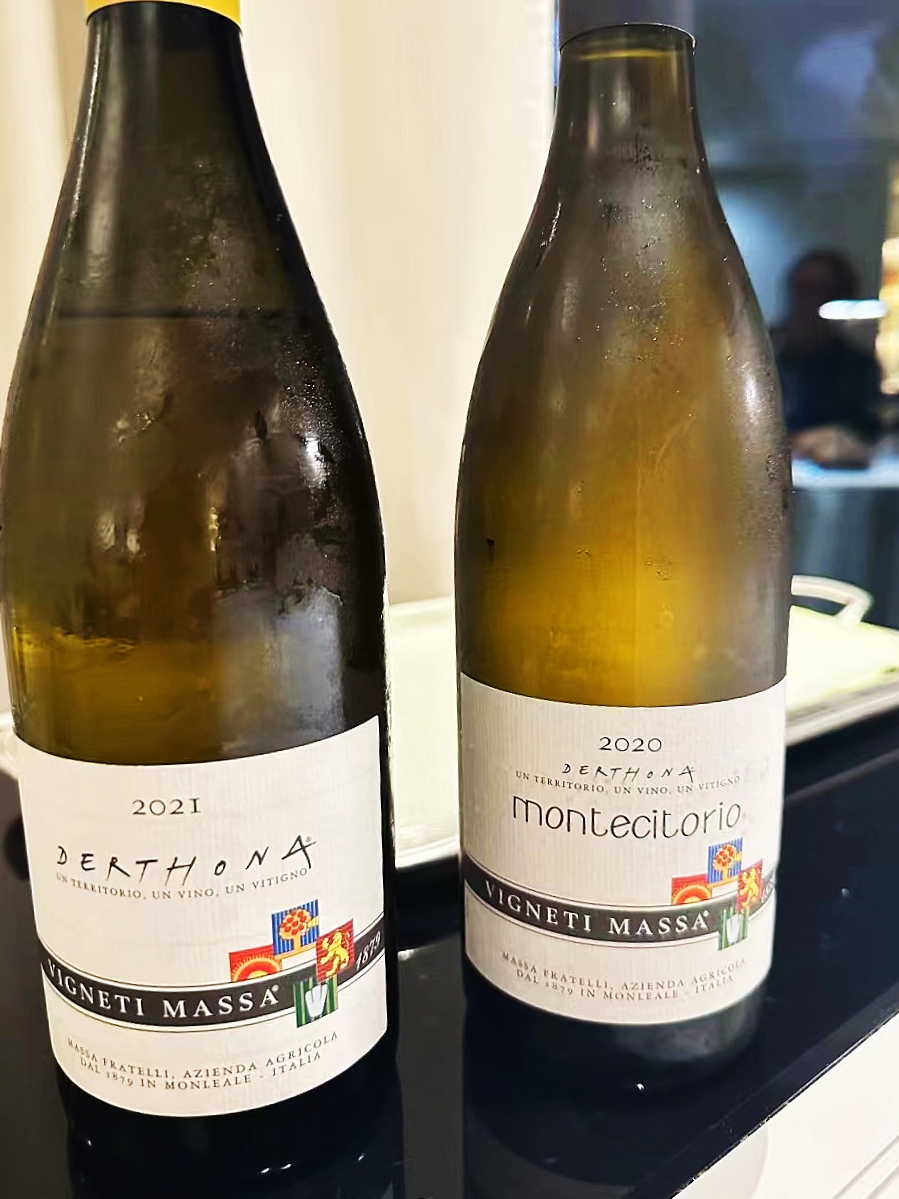
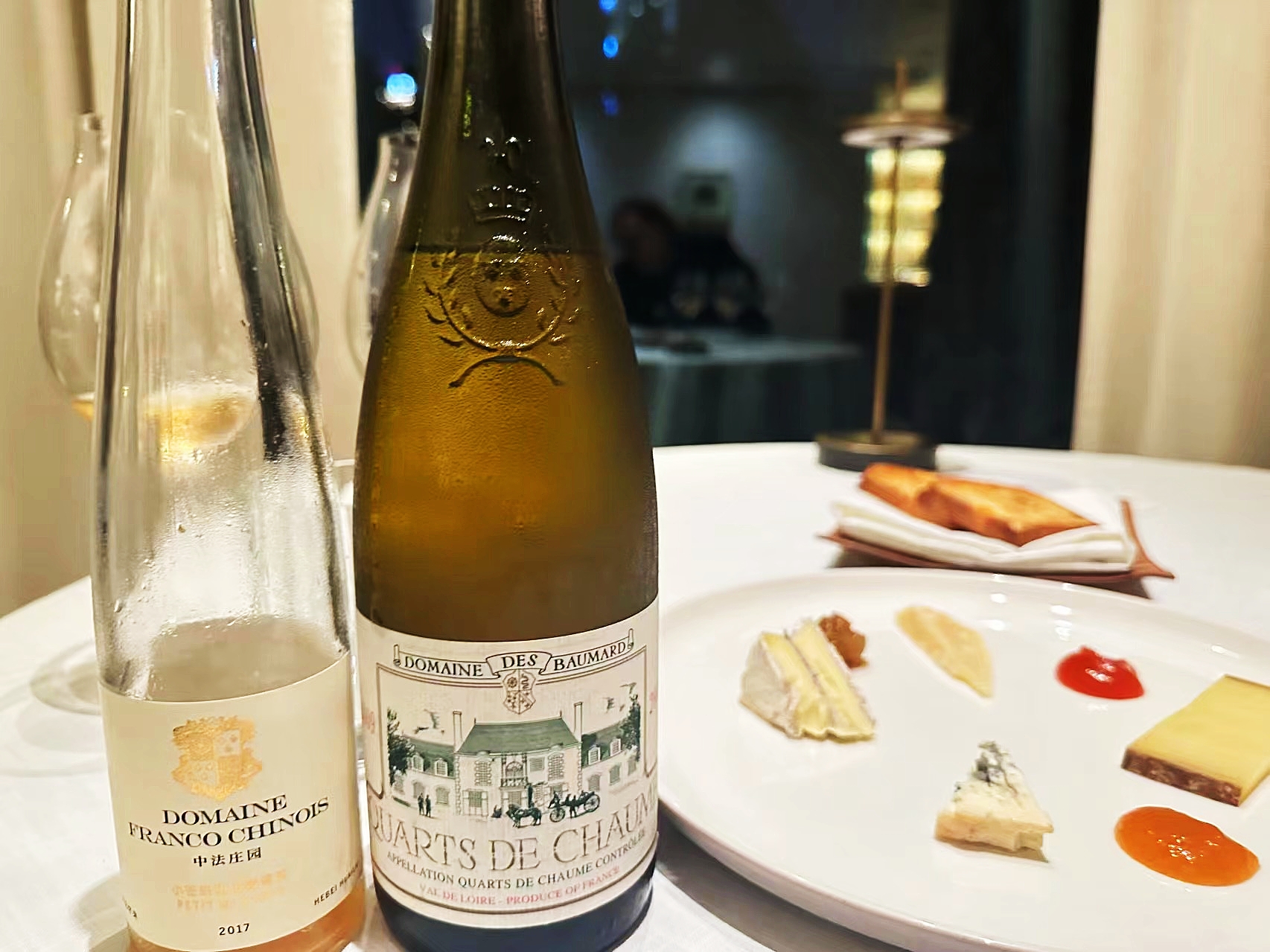
Anyone visiting Shanghai would do well to book a table at Da Vittorio, as it will prove the best Italian food dining experience you will have outside of Italy’s three star and a few other two star restaurants. It’s just that good.
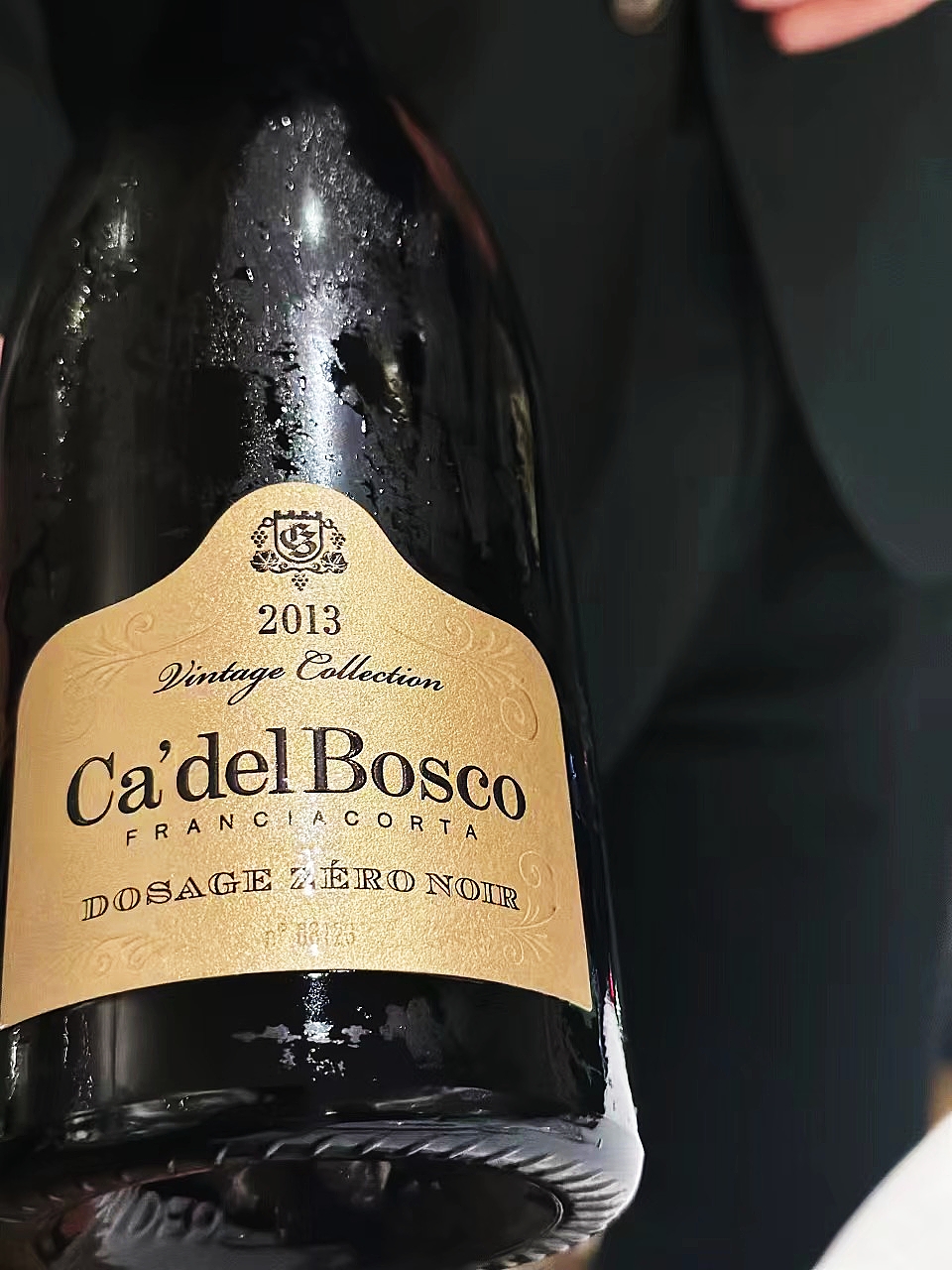

 中文
中文

